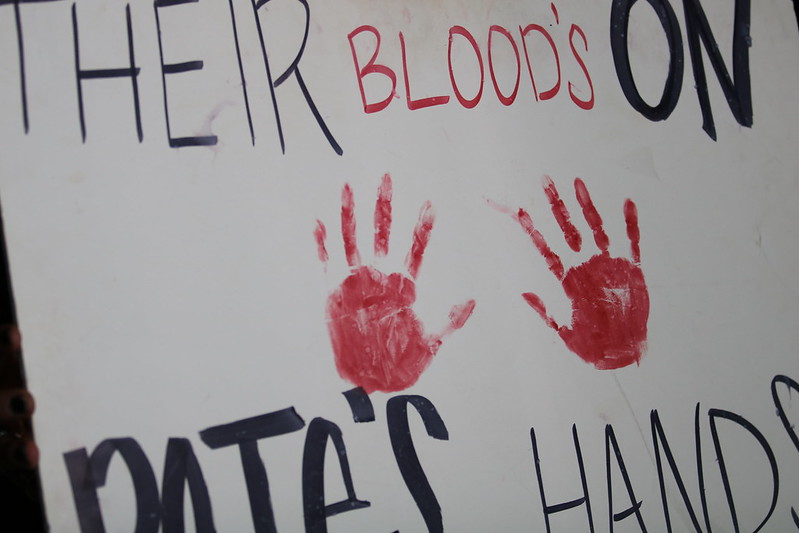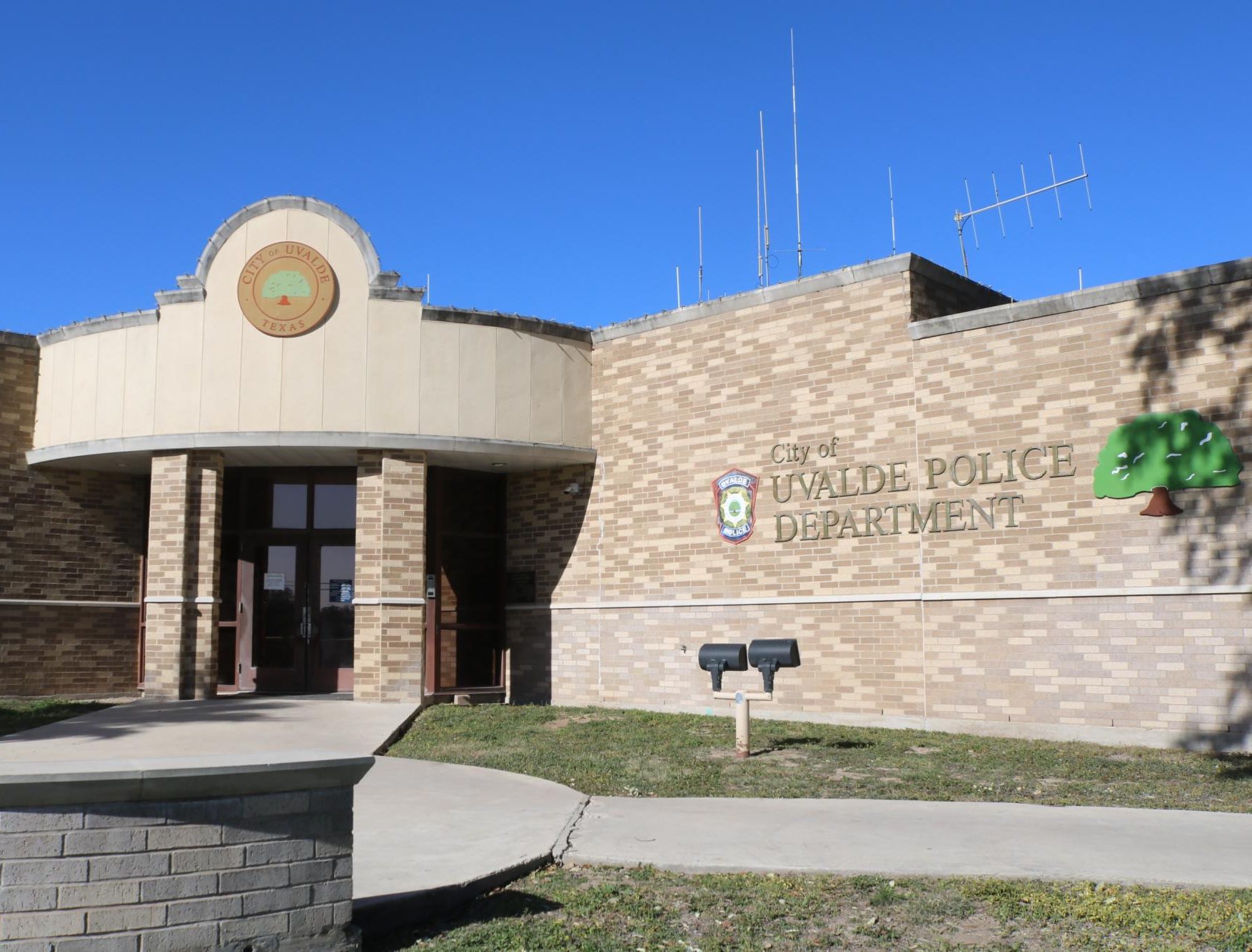The Uvalde Police Department has been on the lookout for new hires in recent months.
Near the men’s bathroom is a locked entrance for duty dispatchers and command staff. A hand-written poster displays a quote from the Uvalde Dispatch. It reads:
“Sometimes the most real things in the world are the HEROES we can’t see…”
There are about 41 sworn officers on the Uvalde police force, according to a promotional flier posted to the UPD’s Facebook page. The department is well-equipped, with a fleet of Ford Explorers and Chevrolet Tahoes carrying computers, rifles and traffic radars.
An officer can earn up to $25.45 per hour, or less than $50,000 per year.
The minimum wage in Uvalde is just $7.25.
Eligibility requirements include a high school diploma or GED, a valid Texas driver’s license with a good driving record, and online certification from the Texas Commission on Law Enforcement, the regulatory agency for law enforcement officers and standards in Texas. Law enforcement experience is preferred.
The hiring process takes upwards of two months to complete.
Around the holidays, new officers may take part in “trunk-and-treat”, a community event where children are given Halloween candy. Last year’s “trunk-and-treat” was held at Hillcrest Memorial Funeral Home, across the street from Robb Elementary School.
Fernando Fernandez is the UPD’s public information officer. His Linkedin profile features a Blue Lives Matter flag. Fernandez said trunk-and-treat and toy drives were part of the department’s efforts to rebuild its relationship with the community.
Like many personnel at the UPD, Fernandez is new. He is required to confirm any decision related to public relations with the chief of police, then Daniel Rodriguez.
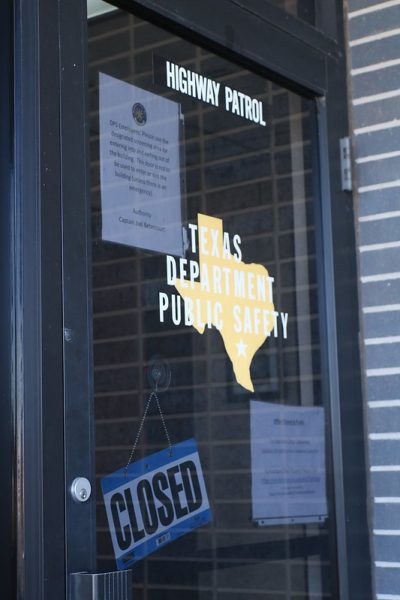
After several emails and a phone call, Fernandez declined a formal interview and tour of the station, relaying his response through the Eisenberg Group, a public relations agency based in San Antonio, on Jan. 9, 2024.
The agency’s president and chief communications strategist Gina Eisenberg said the department automatically declines to respond to any mention of school shootings and May 24.
Robb, where two teachers and 19 students were gunned down on May 24, 2022, is just a three minute drive from the UPD station. To reach Robb, a police cruiser has to make two turns, a right and left, before reaching the school.
Most responders came from United States Customs and Border Protection in Uvalde, Eagle Pass, Brackettville, or Del Rio, which is 70 miles away.
A total of 26 UPD officers responded.
Soon, about 380 officers from 24 agencies would be on the scene. Despite their numbers, police were unable to stop the shooter, who was barricaded with an AR-15-style rifle inside adjoining classrooms 111 and 112.
It would take officers over 77 minutes to finally stop the shooter.
“The most significant failure was that responding officers should have recognized the incident as an active shooter situation,” said a report by the United States Department of Justice published January.
The report also details the minute-by-minute breakdown of events.
The shooter arrived inside Robb around 11:33 a.m. after shooting his grandmother and running his grandfather’s truck into a ditch behind the school.
Students at Robb had just celebrated an end-of-the-year awards ceremony that morning.
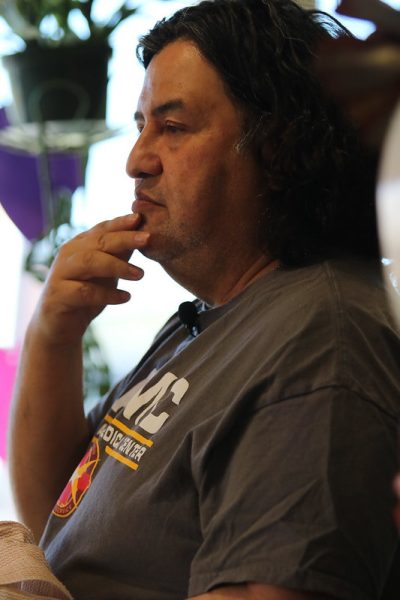
After the ceremony, students in room 111 were handed their favorite snacks—Takis and Hot Cheetos — while their teacher Arnulfo Reyes played a movie as he entered final grades on his computer.
“We were just sitting there and then we heard the loud bangs,” Reyes said on an episode of KARMAKORNER, a podcast started by community activists Adam Martinez and James Alvarado.
The podcast features stories from Robb survivors and the families who lost loved ones.
Reyes was shot when he tried to close a connecting door between rooms 111 and 112. He was forced to play dead as the shooter tortured Reyes by pouring water over him and dropping his cellphone, dinging with messages from concerned friends, on his body.
“I fell to the ground and then he came around to the other side and he shot under the tables where my students were at,” Reyes said. “I figured that he had, you know, killed them because there were a lot of shots.”
All of Reyes’ students in room 111 were killed.
UPD Dispatch received a call from inside room 112 at around 12:10 p.m. The call would last less than 30 minutes. An agitated 11-year-old Khloie Torres pleaded with officers to help, confirming that some students and a wounded teacher were still alive.
“Please hurry, there’s a lot of dead bodies,” Torres whispered.
Students could be heard crying and moaning in the background.
“You need to tell them that they need to be quiet,” the dispatcher said.
“I am. I am. I’m telling everybody to be quiet and now nobody is listening to me,” Torres said in despair.
She asked them to hurry because her teacher, later identified as Eva Mireles, was about to die and would not stay quiet. Mireles would exchange several messages with her husband Ruben Ruiz, a former Uvalde CISD officer, who was in the hallway during her final moments.
“They’re inside of the building, okay? You need to stay quiet, okay?” the dispatcher said.
Torres continued on the line.
Shot inside the classroom went off around 12:21 p.m. The call dropped at 12:28 p.m.
A border patrol agent eventually killed the shooter around 12:50 p.m. after two teachers and eight students were killed in room 112.
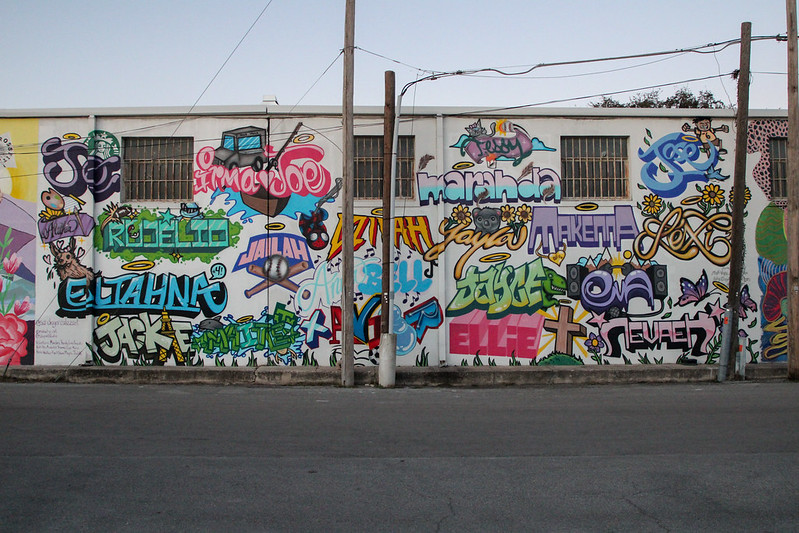
Chaos continued after police let those fateful 77 minutes pass.
The DOJ report found that officers failed to protect the crime scene, provide adequate medical response to wounded victims or convey accurate information to parents.
“The families have not received transparent, trauma-informed, or compassionate communications,” the report said. “Several family members expressed that they still do not know what happened to their child, that they still do not have an autopsy report, and that their trust in the leadership of Uvalde is gone.”
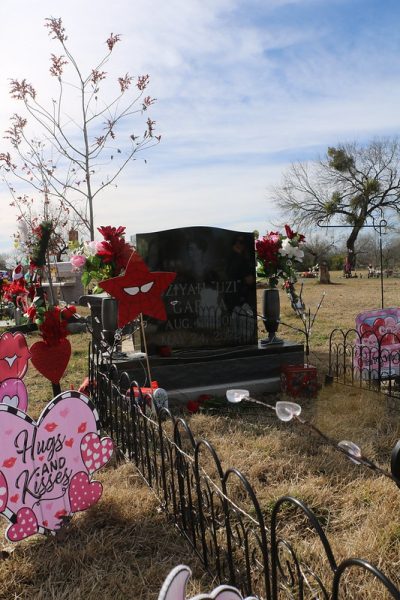
Brett Cross, father of Uziyah “Uzi” Garcia, says he and his wife Nikki were on the receiving end of miscommunication. Cross says his son loved Spider-man, the color red and Valentine’s Day.
Uzi, who dreamed of becoming a cop, was killed by a bullet wound that ripped through his stomach in room 111. He received his first and last honor roll award the morning of May 24 after years of struggling with failing grades, eczema and a stutter from stress.
“He wasn’t just a statistic, he wasn’t just a number,” Cross said. “He was Uzi.”
Cross, who initially moved to Uvalde to work on the town’s wind turbines, spearheaded a call for officer indictments in the months after the shooting.
From the UPD, 18 officers are no longer employed. About 14 received Advanced Law Enforcement Rapid Response Training, which is an active shooter training. At least three officers were promoted by December 2023, according to the Uvalde Leader-News.
The role of chief-of-police was left to Homer E. Delgado, who previously served in Dilley. Former Chief Daniel Rodriguez, who was out of town during the shooting, left the UPD in April 2024.
Although Austin-based investigator Jesse Prado’s report exonerated all UPD responders, Cross, who recently staged a 150 hour sit-out outside the UPD station, and recently elected school board member Jesus “Jesse” Rizo, continued the call for accountability.
“Although the sit-out is done, this fight is never done,” Cross said in a TikTok post.
He recently celebrated a day of honor for Uzi on May 13, 2024. Hundreds of people shared photos wearing Spiderman, the color red or their favorite basketball gear.
Cross says he grieves the loss of his son everyday.
“It’s a club no parent wants to be a part of,” he said.
Underneath the grief and confusion is a community ethnically split in two.
Uvalde’s population is about 80 percent Mexican American. White Uvaldeans, who have long dominated the region’s economy and politics, make up less than 20%.
“The failures during the response, compounded by the refusal to communicate openly and honestly about the law enforcement response, has weakened many bonds within and between each of these groups,” the DOJ report stated.
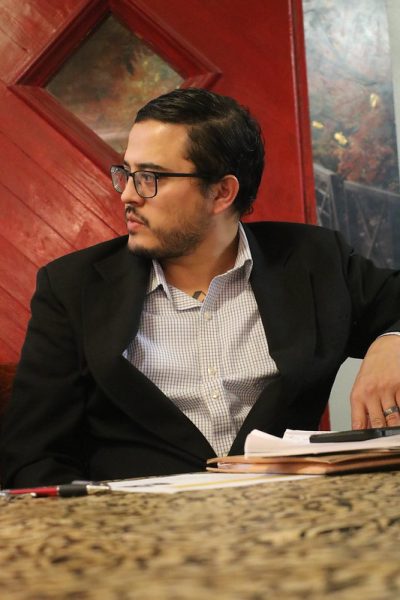
Host of KARMAKORNER and community leader, Adam Martinez, says police response would have been different if all the students were white.
“How many times have I heard that? But how many times has it been put out there?” Martinez said. “For people to know? They act like it doesn’t exist.”
A disregard for Mexican lives is not a recent phenomenon in borderland regions.
Intimidation, torture, killing by hanging, shooting, burning and beating were common tactics used by Texas Rangers. During the later half of the 19th century, regions like Uvalde and Rio Grande transformed into political and social boundaries with the arrival of Anglo farm-settlers.
Land values skyrocketed and motivated outside investors to migrate to south Texas, according to Historian Monica Muñoz Martinez. She explains how Anglo settlers initiated a new racial hierarchy in her book, “The Injustice Never Leaves You.”
“They ushered in Juan Crow laws of segregation and prohibited interracial marriages, formerly a part of the social fabric in mixed Anglo and Mexican communities,” she wrote. “The newcomers moved to disenfranchise Mexican residents and minimize their social or economic influence.
Martinez says Anglos used local and state police to protect their claims to property. They used the Rangers and other police agencies to help wrest economic control from Mexican residents.
“Historians estimate that between August 4, 1915, and June 17, 1916, Texas Rangers and deputy sheriffs killed more than 100 Mexican residents without conducting proper investigations,” she wrote.
Today, Cross says Uvalde operates under a good-old-boy system, where power is held by a small group of white elites.
“You have a certain number of people running everything because of the old white money,” he said. “So, are you going to speak out against your boss who is paying you minimum wage? No, and they know that so they keep pushing their own narrative onto things.”
Social, cultural and political disenfranchisement has left minority communities vulnerable, according to History Professor John Paul Nuño. Nuño teaches at California State University, Northridge and spent eight years in El Paso, Texas to complete his grad work.
“You feel like your Americanness is called into question because you’re so close to the border,” he said. “People think it’s a warzone. So they overcompensate for these native projections that are put on them. You will see American flags, an emphasis on Tejano stuff, and the Alamo.”
Nuño believes Texas still upholds a legacy of whiteness.
“Texas had a very violent history towards the Comanches. You had the Texas Rangers,” he said. “So you had this imposition of a racial hierarchy that left a lasting impression of the best strategy to appeal to whiteness, rather than to fight and agitate that system.”
Change in Uvalde is slow.
Former Uvalde CISD Police Chief Pete Arredondo was fired in August 2022.
Reports revealed that school campus police, who were the first to respond on the scene, received active shooter training two months before the massacre at Robb but body camera footage from that day showed a confused Arredondo delay a move towards classrooms 111 and 112.
Cross was one of the first parents to organize a sit-out to get Arredondo fired. A handwritten poster, tucked away in Cross’s backhouse, remains from those days. It reads: “THERE’S BLOOD’S ON PETE’S HANDS.”
Cross has made it his mission to keep the memory of Uzi and the 20 lives lost alive, and to fight for justice and accountability in order to make sure Americans don’t forget.
“This is a reality that people across the country have to deal with,” Cross said. “This is so uniquely American that I just do not understand.”
Nuño says Texas is ground zero of the nation’s contemporary political divisions. He is hopeful that political trends may change in the next few years.
“You would hope that events, like the shooting, would maybe energize people a bit more to go out and participate,” he said. “I’m still keeping my eye on Texas, because I would like to see what’s going to happen in five to 10 years.”
